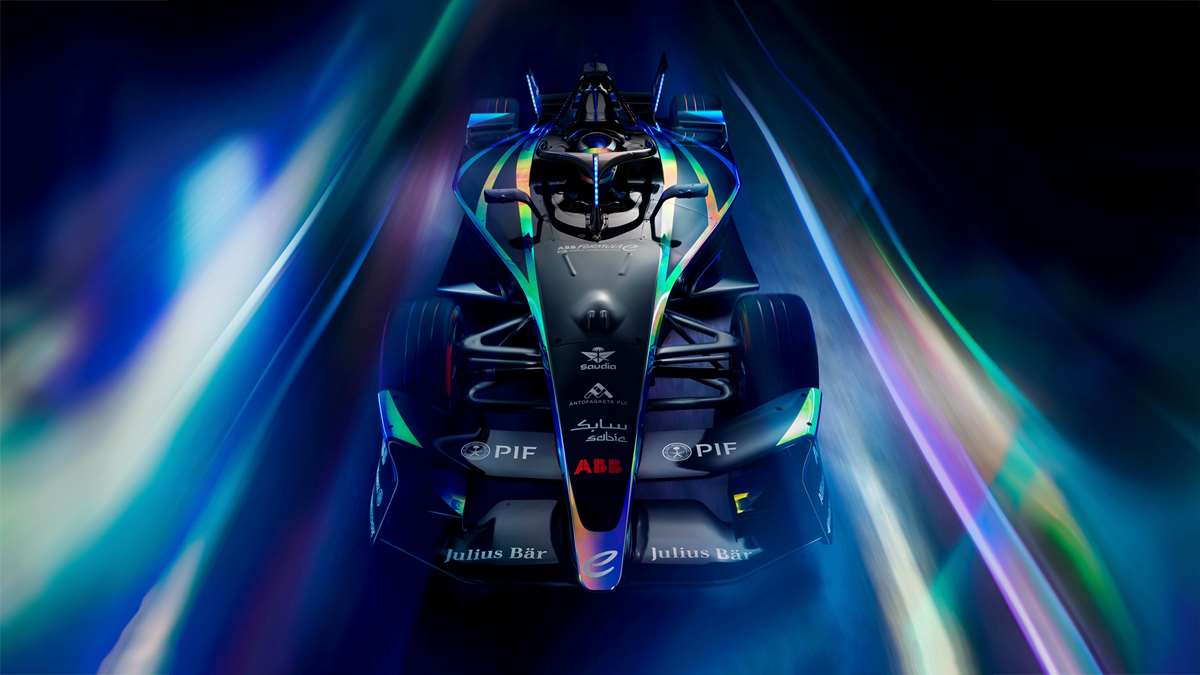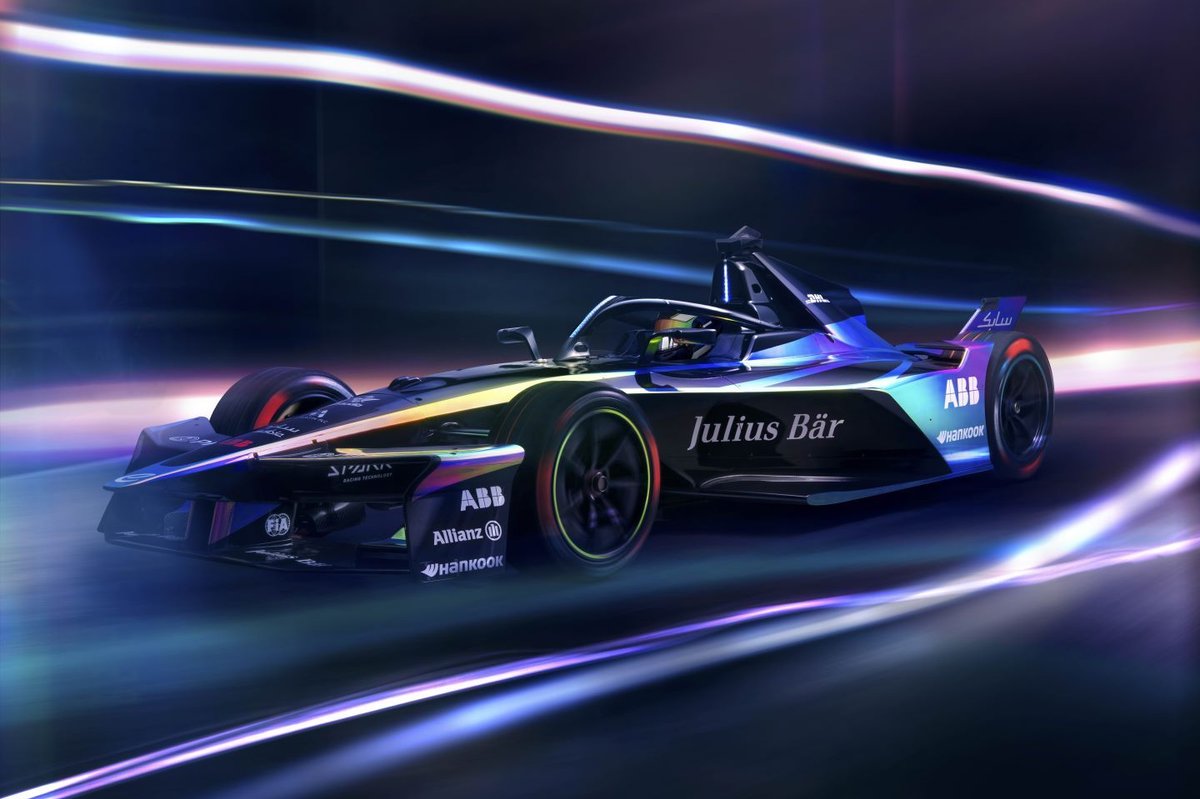The unveiling of the new car specification for the Formula E championship took place on Thursday evening, just ahead of the Monaco E-Prix weekend. This unveiling was accompanied by a public demonstration by ex-Formula 1 driver David Coulthard on Saturday, marking the first public appearance of the upgraded vehicle.
This latest iteration of Formula E’s car represents an enhancement over the previous Gen3 model, featuring significant changes to the bodywork, tires, and power efficiency. Notably, the car boasts an improved acceleration, achieving a remarkable 0-60mph time of 1.82 seconds, surpassing that of current Formula 1 cars. Overall performance on the iconic Monte Carlo circuit has been enhanced by approximately two seconds per lap.
A major innovation lies in the utilization of the front powertrain, rendering the car all-wheel-drive (AWD) for the first time in Formula E history. This entails applying a maximum power output of 50kW to the front axle from the 350kW limit, with the remainder distributed to the rear wheels. However, this configuration is only permitted during specific race phases, including qualifying duels, race starts, and Attack Mode activations.

Enhancements in aerodynamics and tire technology further distinguish the new model, with a sturdier front wing and updated sidepods contributing to reduced aerodynamic drag. Additionally, a new version of the Hankook tire promises 5-10% more grip compared to its predecessor, enhancing overall performance and handling.
Formula E CEO Jeff Dodds emphasized the significance of speed in motorsport and expressed enthusiasm over the car’s impressive acceleration capabilities. He underscored the challenge of balancing speed, aesthetics, and technological relevance in racing car design, emphasizing the achievement of integrating all three elements in the new Formula E car.
Development of the new car involved collaborative efforts between Formula E and the FIA over a year-long period, with former racer Bruno Correia serving as the development driver. The car was unofficially revealed during media activities at the previous Misano round before its official debut in Monaco. Teams have the option to upgrade existing chassis with the modifications, aligning with sustainability goals and cost-saving measures amidst the transition to the Gen4 cycle slated for 2026.

